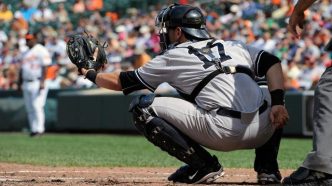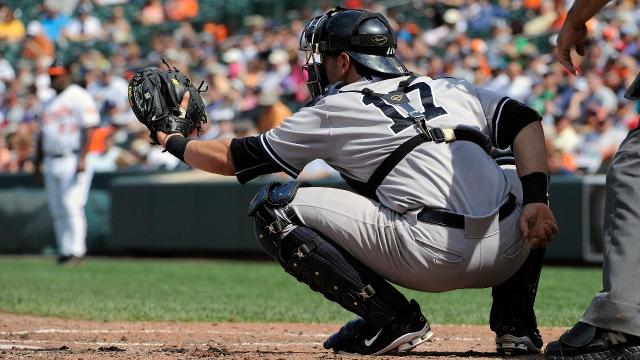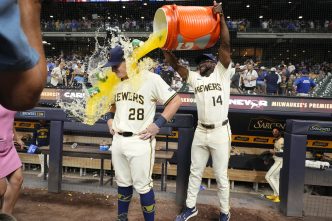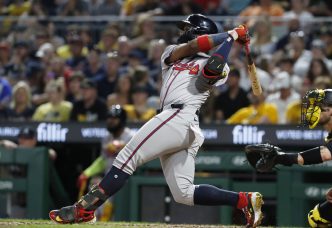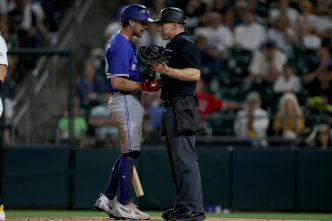As Major League Baseball rolls into the early stages of the season, a seemingly small tweak in umpire evaluation protocols has sparked significant conversation among players regarding its effects on the game—specifically, the ball-strike dynamics. The change, which emerged from new labor agreements with the Major League Umpires Association, has led to a noticeable tightening of the strike zone, leaving players to adjust on the fly.
This change has drastically reduced the margin of error for umpires, moving from a 2-inch “buffer zone” around the strike zone to a much stricter three-quarters of an inch on either side. This adjustment aims to ensure that umpires are grading themselves against the official rulebook more accurately, but many players are feeling the impact, with newfound uncertainty about pitch calls off the edges.
“Everybody’s zone has shrunk,” said Angels catcher Travis d’Arnaud, emphasizing a sentiment echoed throughout the league. The ramifications, while statistical in nature, have tangible effects on game strategy—affecting everything from pitch sequencing to how teams scout and structure their rosters.
Historically, umpires had that leeway to call borderline pitches strikes without penalty. Now, however, as players like Phillies reliever Matt Strahm express frustration at being caught off guard by these adjustments, it’s apparent that many in the league were unaware of the specific shifts happening in the strike zone before the season began.
Despite the ongoing assertion from MLB officials that there was prior communication with franchise managers and executives, it seems there’s a disconnect between the league’s intentions and the players’ awareness. A myriad of interviews with players revealed that many were blindsided by how this tighter buffer zone would play out in real game situations.
Gainfully aware of the scrutiny umpires face—primarily influenced by the grading systems that determine postseason assignments—there’s a conscious adjustment as umpires familiarize themselves with this new framework. As a result, the narratives on the field are shifting. While the overall usage of technology like Statcast shows that ball-strike accuracy is at its highest since its inception, the subjective nature of a pitch call remains a discussion point.
Interestingly, amidst the debates over the tightening of the strike zone, players have shown varied responses. Hitters, for the most part, welcome the change. As Astros first baseman Christian Walker aptly put it, hitters always prefer when the zone aligns more closely with the rulebook, even if they were unaware that adjustments were forthcoming.
Yet, the reality on the mound presents a stark contrast. As the data reveals an increase in pitches called balls that would have historically been strikes, pitchers like Giants ace Logan Webb acknowledge this development directly affects their routines. One of the most striking statistics emerging from the early days of this season is the significant uptick in strikes called balls when compared to previous years.
Moreover, while the formal offensive data thus far may point to an increase in league batting average and decreased strikeout rates—potentially indicating that hitters are benefiting from the new reality—the mental and strategic adjustments players are suddenly facing are palpable.
Major League Baseball recognizes the need for improvement in communication with players, affirming the increasing demand for consistent and accurate calls. But for players seeking clarity and preparation as they navigate this evolving landscape, one pressing need remains clear: A greater understanding of these changes ahead of time is essential to adjusting their strategies appropriately.
As the season unfolds, the conversations around the new strike zone rules are expected to deepen. The upcoming competition committee meeting is poised to serve as a platform for further discourse on the implications of these changes, shedding light on a topic that has quickly become central to the game’s narrative in 2025. With any new adjustments, it will be critical for players, coaches, and the league to ensure that communication flows seamlessly, so they can focus on what they do best—competing at the highest level.

